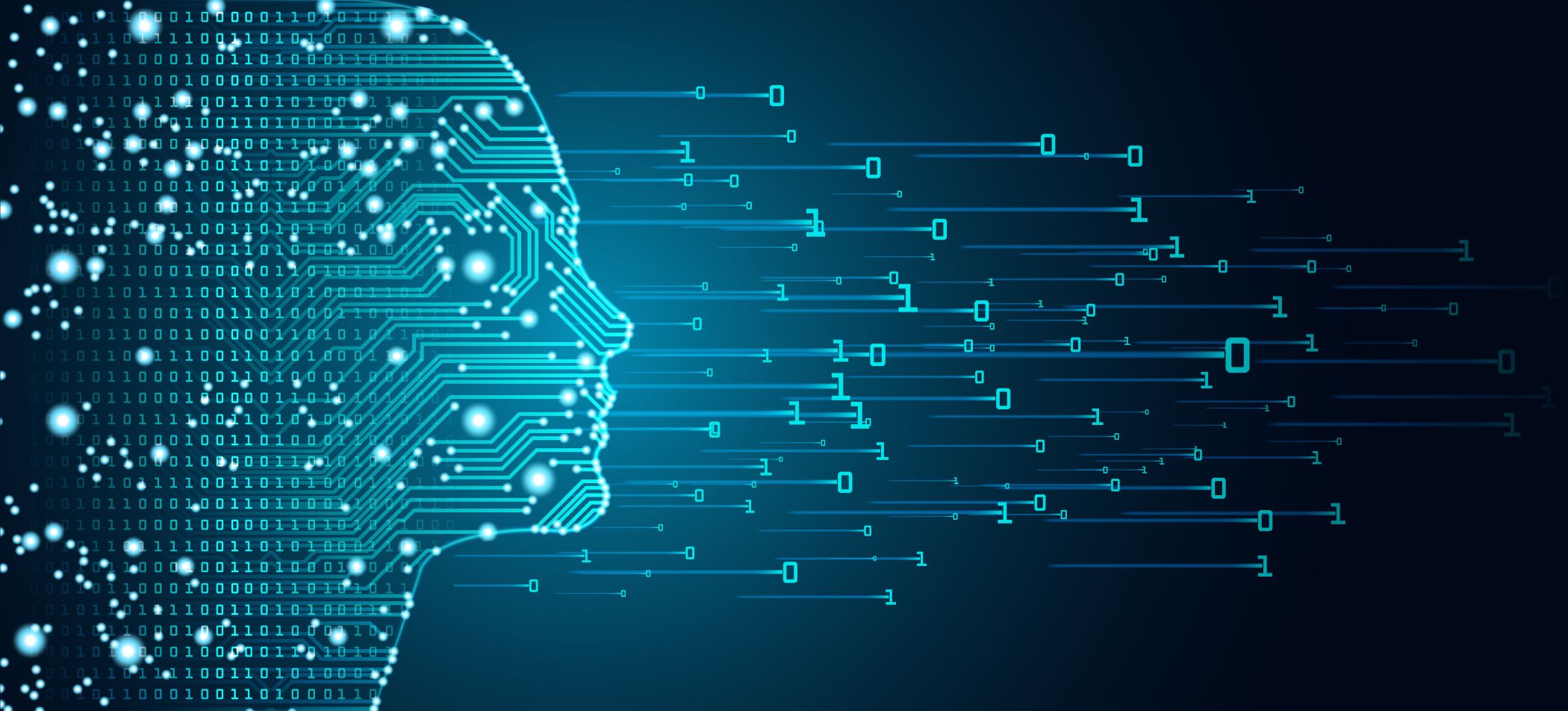Security Analytics solutions have expanded from rules-based detection to include data science methods such as machine learning and artificial intelligence. This is in response to environmental factors such as growing data volumes, infrastructure complexity and the scarcity of skilled security professionals. In this blog we’ll look at what Security Analytics is, its key capabilities and how the technology can better protect your organisation and keep your staff informed.
WHAT IS SECURITY ANALYTICS?
Security Analytics, often referred to as SIM 2.0, next-generation SIM or evolved SIM consists of several key components:
- Activity, network and system data collection and management (or traditional Security Incident and Event Management, SIEM)
- User or network behaviour analysis and anomaly detection
- Threat Intelligence for context
- Diagnostic and investigation capabilities, tools and management solutions
The elements work together to provide more context and more insights about events (or attacks) as they happen, so security teams can more easily recognise, triage, understand and deal with them; in a more timely manner.
What will Security Analytics deliver?
Having a solution that helps you and your security team deal with the increasingly large volumes of data that cyber security and IT systems generate is critical. Statutory obligations such as GDPR and Australia’s Notifiable Data Breach scheme make the task even more challenging and time-pressured where problems need to be identified, understood and reported (and resolved) within a defined timescale. Here are just some of the benefits that capable Security Analytics technologies will provide:
- Rapid threat detection and response
- Detection of previously unknown/unpublished/targeted threats
- Threat hunting and forensics capabilities for analysts
- Activity monitoring inside the network, on end points, in the cloud and at the perimeter
- Acceleration of investigative processes through high level of automated data collation and analyses
- Improved efficiency of work flows and reduced reliance on manual tasks
- Compliance support for statutory reporting, audit and breach response obligations
The Role of Analytics
Let’s now look at how security analytics technology supports the cyber security threat life-cycle.
Some solutions are very good at gathering data (e.g. from a network tap) and analysing specific types of alerts. They quickly identify the threats and present them to the SOC operations team for resolution.
As data volumes for investigation increase the speed of threat resolution becomes more and more dependent upon the very human functions of investigation and analysis. As a result, backlogs emerge as human endeavour can no longer keep up with threat detection technologies.
Alternatively, other solutions provide a vast range of tools, visualisations, scripts, query capabilities and report templates to assist analysts as they drill into, analyse, query and report on the data. This is a bit like buying a tool box because your car needs servicing – the human analyst still needs the time and expertise to utilise the tools/features/capabilities.
The True Benefits of Security Analytics
The advantage of Security Analytics come where the above considerations are seamlessly blended and where, as a guiding principle, the system does all it can at speed; consistently and automatically to gather data, analyse it, decide on the risk and determine situational awareness.
Minimising the work analysts need to do
The human operator can then either act on the decision/result of that analysis or make their own decision based on the gathered facts and additional insights. That is, the security analytics system functions to minimise the amount of work an analyst needs to do – including (if it is clever) anticipating the questions or investigative steps an expert analyst might ask or follow.
Where a system-based approach can give a sufficient level of certainty based on detection AND corroboration then security operations processes may be able to keep up with the growing threats and complexity they now face.
 About Huntsman
About Huntsman

